(First upload on April 3 2014. Last on July 25 2024) [ 日本語 | English ]
Mount Usu / Sarobetsu post-mined peatland
From left: Crater basin in 1986 and 2006. Cottongrass / Daylily
HOME > Plant list (植物リスト) > Gymnospermae (裸子植物) > Cycadaceae (ソテツ科) > Cycas revoluta
Class Cycadopsida Brongn. (ソテツ)Cycas L. (ソテツ)Sotetsu (ソテツ, 蘇鉄), King sago palm, king sago, sago cycad or Japanese sago palmLife form: evergreen shrub Distribution: China - southern Japan (southern Kyushu and Nansei Islands*) * southwestern islands in the Ryuku archipelago Habitat: rocky sites near seacoasts |
Physiology: nitrogen-fixing Use: ebible seeds (after removing the poison) |
|
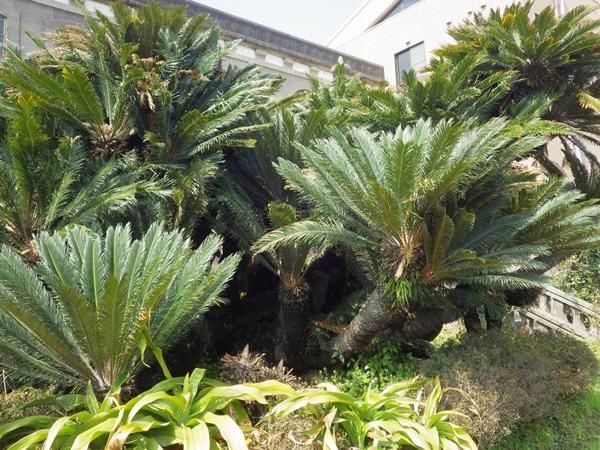 1
1
 2
2
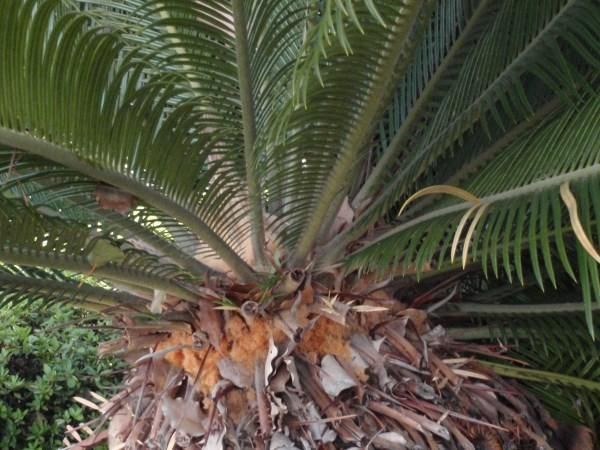 3
3
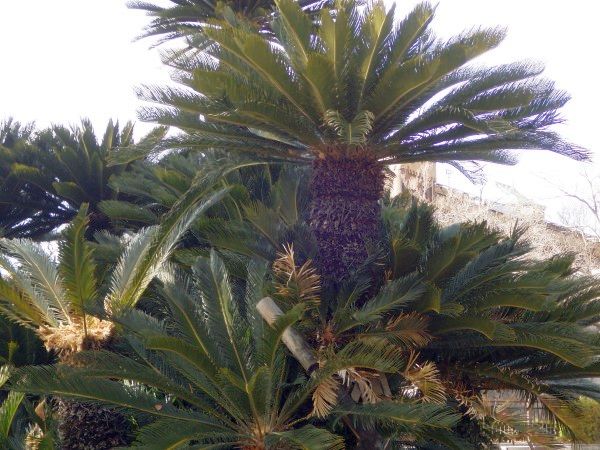 4
4
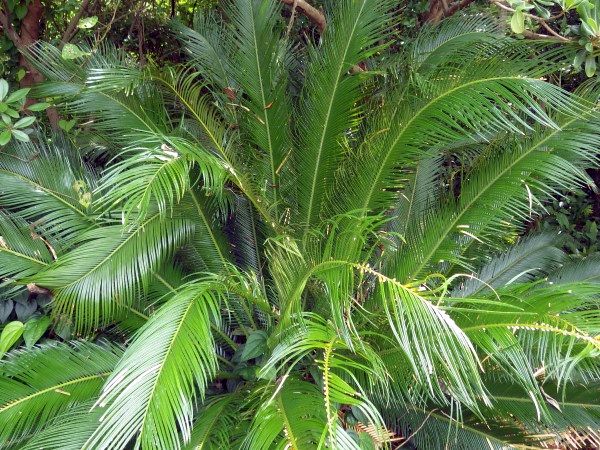 5
5
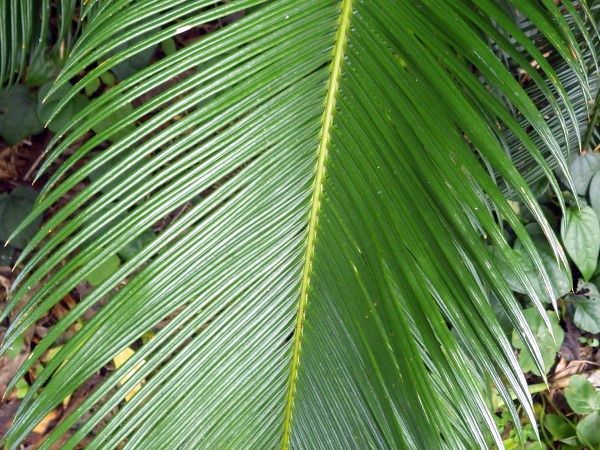 6
6
[1/2] The sperms were discovered from this king sago palm by Dr. Ikeno (池野成一郎) in Meiji 29 (1896) as the first record from the world. The plant grew in front of the Archaeology Resource Center of Kagoshima Prefecture Museum on March 20 2015. [3] at Atomic Bomb Dome (原爆ドーム) in Hiroshima, western Japan, on March 14 2014. [4] in the Osaka Castle Park (大阪城公園) on February 5 2022. [5/6] at Kushima Island in Nanki-Kumano GeoPark, western Japan, on June 25 2024.